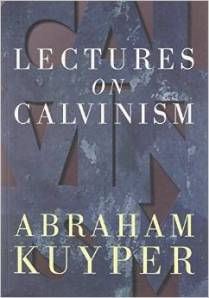 How does Darrell Cosden sum up his work in A Theology of Work?
How does Darrell Cosden sum up his work in A Theology of Work?
First, “theologically work should be depicted as a threefold non-hierarchical dynamic interrelationship of instrumental, relational, and ontological aspects.”
Second, “it is theologically appropriate and necessary to understand work ontologically, or, that there is an ontology of work.” And this, we know, by recognizing that work is neither merely instrumental nor merely relational, but is “itself a fundamental facet of our human and created existence and…this ontological status is derived teleologically (both protologically and eschatologically) from our essence (constitution and purpose) as humans.”
Thus, we can say, “there is more to the essence of work than its useful results for humanity, other beings, and nature.” Moreover, since “work ontologically also always has eternal value (that is, since it necessarily contributes to the current world order, and as a part of that order when transformed will too affect the resultant nature and order of the new creation,) work must be ethically evaluated in terms of its success or failure to conform to the values of the new creation….” In other words, “work is not to be judged solely according to its current practical benefits.” Finally, “when work’s instrumental and relational dimensions are placed in an eternal framework” properly, alongside its ontological dimension, “both human flourishing and existence become bound up with and a part of God’s eternal telos for his creation.”

